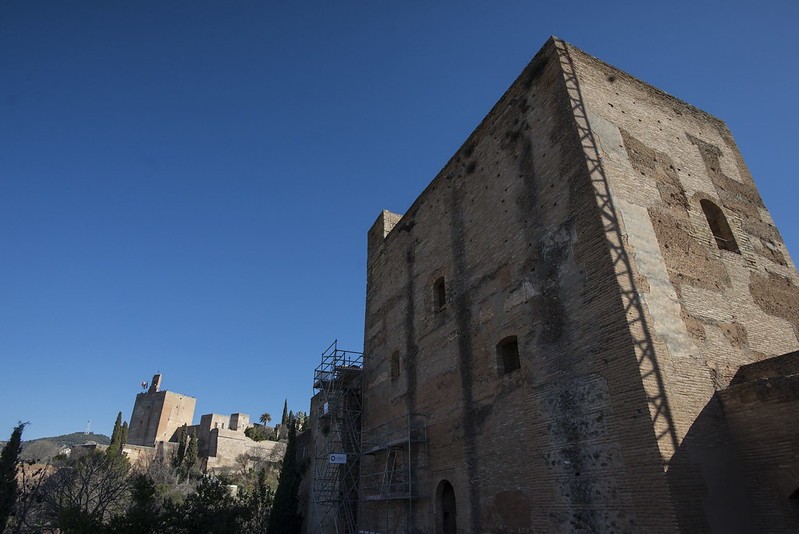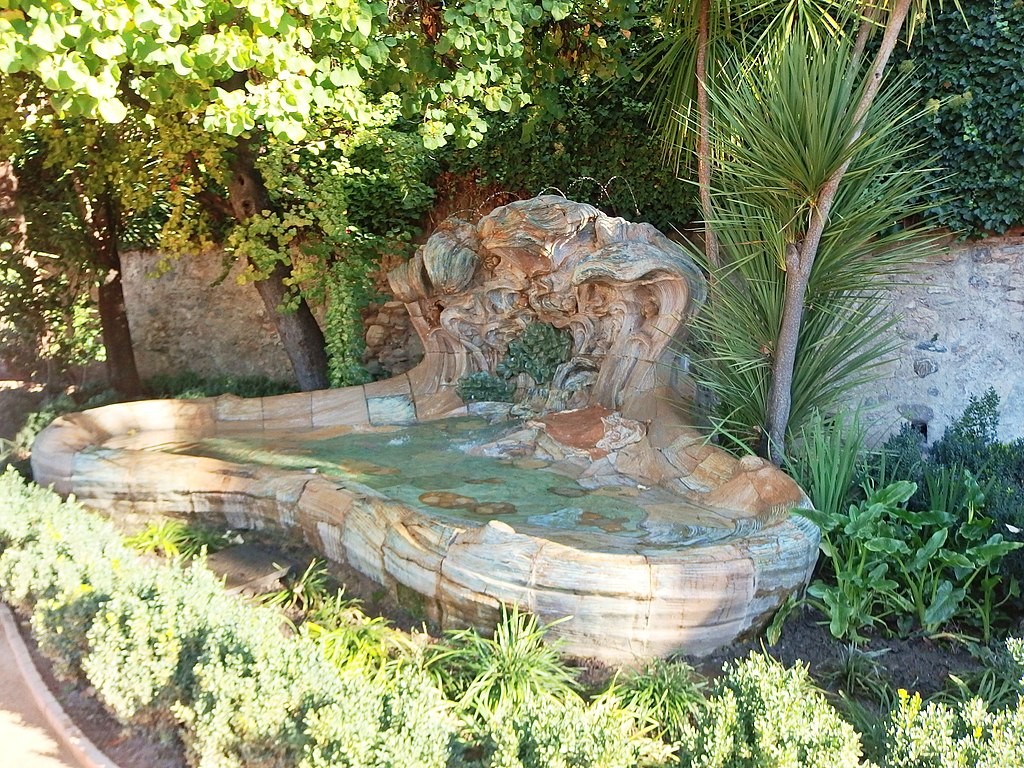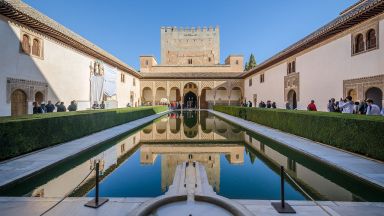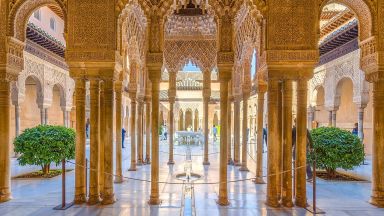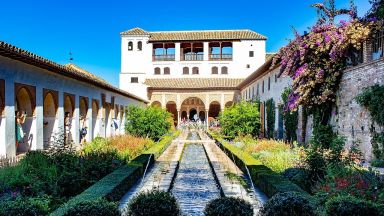Realejo
Area in Granada
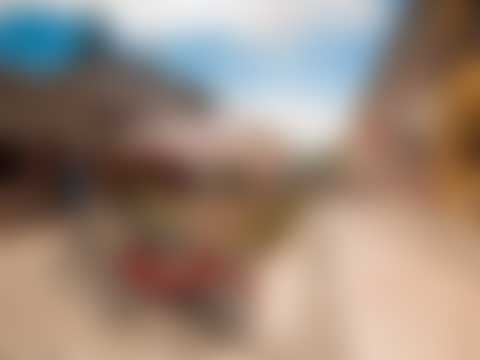
The Realejo or Realejo-San Matías is a district of Granada, in Andalucia. It was the old Jewish neighborhood of Muslim Granada. Realejo is now a heavily populated neighborhood, and its streets are vibrant with a distinctive character.
History of Realejo
Sephardi Jews had already settled here well before the arrival of the Moors in the 8th century. The new inhabitants called this district Garnata al-Yahud or Granada of the Jews. During the years of Moorish rule and the nasrid Sultans, Jews lived here relatively peacefully. They were admired for their culture and cosmopolitan nature of its artisans and merchants, who tended to speak several languages and were familiar with current events from around the world thanks to their constant travels.
Following the Christian conquest by the Catholic Monarchs, the Jews were expelled, the Jewish quarter was destroyed. They installed a military camp with the king’s or general’s tent there, and renamed it Realejo. and the barrio was renamed El Realejo. The construction of new Christian buildings on the site of demolished synagogues.
What to see in the Realejo
Iglesia Santo Domingo or Church of Santo Domingo is one of the more obscure churches in the city, yet one of the most beautiful, inside and out.
Palaces Torres Bermejas – One of the original fortifications of Granada overlooks the Jewish quarter.
Campo del Principe or Field of the Prince – One of the most important squares in the Realejo is the Campo de Príncipe located on the site of the former Muslim cemetery was located. The square was built in 1497 for the wedding celebrations of Isabel and Ferdinand’s son Juan although he was actually married in Cantabria. The focal point of Campo de Príncipe is the jasper and alabster statue of Cristo de los Favores. This was paid for by the residents of El Realejo Alto and was installed in 1640.
Plaza de Isabel la Católica, in front of the magnificent realist statue of Christopher Columbus with the queen, who on 31 March 1492, in the Alhambra, ordered the expulsion of the Jews.
On Calle Pavaneras, there is a statue of Yehuda Ibn Tibon, one of Granada’s most renowned Jews. As a physician, philosopher, poet and translator, his countless translations of Arabic texts into Hebrew made it possible for Arab science to reach Europe.
Monastery of San Francisco was built in 1507 on the site of a former mosque, the Alhambra Franciscans decided to relocate here when the Realejo district became a ghost town following the expulsion of the Jews. The city’s first archbishop, Friar Hernando de Talavera, is buried here. The monastery, of which only an imperial staircase and a 16th century cloister with a central fountain and a well remain.
Graffiti – Many of the walls in the Realejo have been painted by the graffitti artist “El Niño de las Pinturas”. The most dilapidated walls and building façades of Realejo also constitute a de facto art gallery, displaying the works of local spray-paint artist Raul Ruiz, also known as “El Niño.” El Niño’s incredible pictures lend Realejo an edgy, creative ambiance all of its own.
The Realejo appears in our Complete Guide to Visiting Granada!
This website uses affiliate links which may earn a commission at no additional cost to you!
Visiting Realejo
24 Hour
Free
Nearby Attractions
- Corral del Carbón (0.1) km
Courtyard and Market in Granada - Alcaicería (0.2) km
Market in Granada - Royal Chapel of Granada (0.2) km
Church and Tomb in Granada - Granada Cathedral of the Incarnation (0.3) km
Cathedral in Granada - Torres Bermejas (0.3) km
Castle in Granada - Puerta de las Granadas (0.4) km
City Gate and City Walls in Granada - Bosque de Alhambra (0.5) km
Forest in Granada - Alcazaba (0.5) km
Castle in Granada - Torre de la Pólvora (0.5) km
Tower in Granada - Torre de los Hidalgos (0.5) km
Tower in Granada
